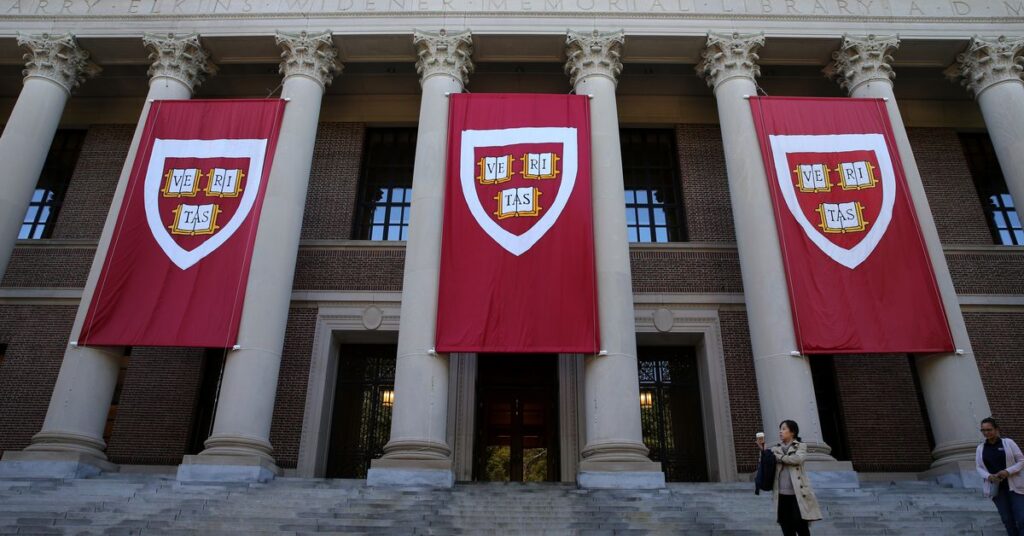April is the cruelest month — at least for the 54,995 applicants who discovered a couple of weeks ago that they will not be part of Harvard’s class of 2027, to which just 3.41 percent of applicants gained admission. The same goes for the 49,975 applicants who didn’t gain admission to Yale (acceptance rate: 4.35 percent), the 54,883 who missed out on Columbia (3.9 percent), and the 48,693 who won’t be going to Brown (5 percent).
Those raw numbers are a bit misleading, as some applicants were rejected during early decision periods last year, while a few applicants eventually make it in off the waitlist. But the reality is that admissions to America’s most elite colleges is more absurdly competitive than ever, with far too many qualified applicants jostling for the same tiny handful of spots.
That admissions process is coming under increasing scrutiny. The Supreme Court will soon rule on two connected cases — one involving Harvard — that could potentially ban the consideration of race as a factor in college admissions. At the same time, the financial cost and emotional stress of the elite college admissions race is increasingly seen as a significant factor in the adolescent mental health crisis. As Surgeon General Vivek Murthy told the Los Angeles Times recently, college admissions has young people “weighed down by tremendous pressure that is affecting their mental health and well-being.”
Add in the fact that, as the Varsity Blues scandal showed a few years ago, the elite admissions race isn’t just about who can craft the perfect application, but who has the means and the connections to sidestep the process altogether. According to a 2019 survey taken in the wake of Varsity Blues, fewer than 1 in 5 Americans think the college admissions process is “generally fair,” with 67 percent of respondents agreeing that the current system “favors the rich and powerful.”
But what if there were a way to sidestep all of this: the application…
Read the full article here





